Home>Gardening & Outdoor>Landscaping Ideas>How To Grow Monkey Grass
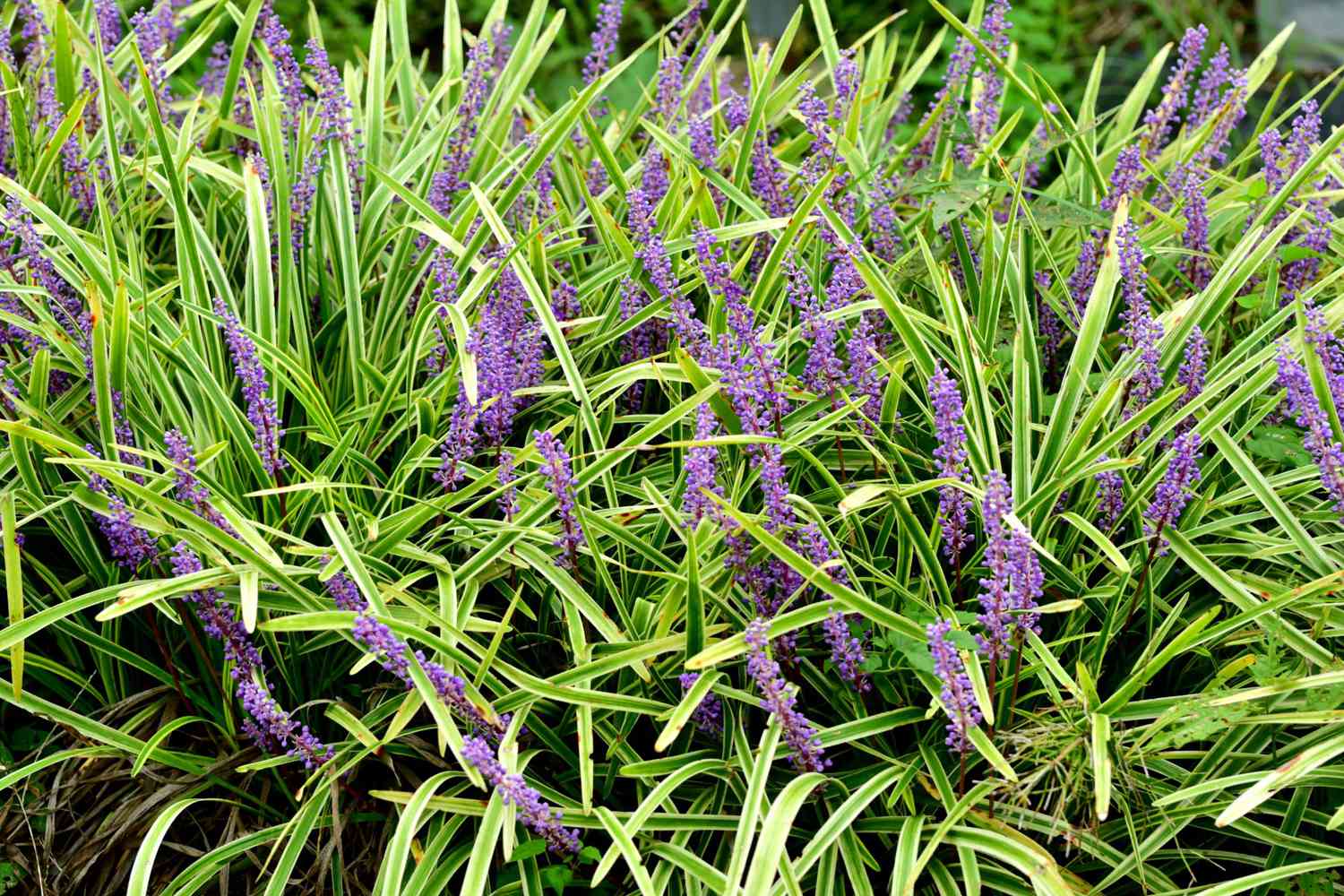

Landscaping Ideas
How To Grow Monkey Grass
Modified: February 2, 2024
Learn effective landscaping ideas for growing monkey grass in your garden. Discover tips for creating a beautiful and low-maintenance outdoor space. Explore our step-by-step guide.
(Many of the links in this article redirect to a specific reviewed product. Your purchase of these products through affiliate links helps to generate commission for Storables.com, at no extra cost. Learn more)
Introduction
Welcome to the wonderful world of landscaping, where nature's beauty meets human creativity. If you're looking to add a touch of lush greenery to your garden or outdoor space, monkey grass is an excellent choice. Also known as mondo grass or lilyturf, this versatile and resilient plant can elevate the aesthetic appeal of any landscape with its vibrant foliage and low-maintenance nature.
In this comprehensive guide, we will delve into the art of growing monkey grass, exploring the essential steps and considerations to ensure the successful cultivation of this delightful plant. Whether you're a seasoned gardener or a novice enthusiast, this article will equip you with the knowledge and confidence to nurture thriving monkey grass in your own outdoor oasis.
So, roll up your sleeves, grab your gardening tools, and let's embark on a journey to discover the secrets of cultivating and caring for monkey grass. By the end of this guide, you'll be well-versed in the art of nurturing this versatile plant, ready to transform your landscape into a verdant paradise.
Key Takeaways:
- Monkey grass is a resilient and low-maintenance plant that thrives in various light conditions and soil types, making it a versatile and visually appealing addition to any landscape.
- To ensure the successful growth of monkey grass, it’s important to choose the right location, prepare the soil, and provide proper watering, fertilizing, and maintenance, allowing the plant to flourish and enhance the beauty of the outdoor space.
Read more: How Fast Does Monkey Grass Grow
Understanding Monkey Grass
Before diving into the specifics of growing monkey grass, it’s essential to develop a deeper understanding of this unique plant. Monkey grass, scientifically known as Liriope muscari, is a species of flowering perennial native to East Asia. Its distinctive appearance features dense, grass-like leaves that form attractive clumps, making it a popular choice for ground cover and border plantings.
One of the most appealing characteristics of monkey grass is its adaptability to various environmental conditions. It thrives in both sun and shade, making it a versatile option for different areas of your landscape. Additionally, its ability to withstand drought and resist pests and diseases further enhances its appeal as a low-maintenance landscaping solution.
When it comes to aesthetics, monkey grass offers a range of options to suit your preferences. The foliage can be deep green, variegated with white or yellow accents, or even feature striking shades of dark purple. This diversity in color and texture allows for creative landscaping designs, whether you’re aiming for a traditional, formal look or a more contemporary, eclectic style.
Beyond its visual appeal, monkey grass also plays a practical role in landscaping. Its dense growth pattern effectively suppresses weeds, reducing the need for constant maintenance and weeding. Furthermore, the plant’s ability to form dense mats of roots makes it an excellent erosion control measure, particularly on slopes and embankments.
As you prepare to incorporate monkey grass into your landscape, understanding its growth habits, adaptability, and functional benefits will guide you in making informed decisions about its placement and care. With this foundational knowledge in place, you’re ready to embark on the exciting journey of cultivating and nurturing monkey grass in your outdoor space.
Choosing the Right Location
When it comes to growing monkey grass, selecting the ideal location is a crucial first step in ensuring its long-term health and vitality. Whether you’re considering a sunny spot, a shaded area, or a combination of both, understanding the plant’s preferences will guide you toward making informed decisions for its placement in your landscape.
Sunlight Requirements: Monkey grass exhibits impressive adaptability to different light conditions, thriving in both full sun and partial shade. However, for optimal growth and vibrancy of foliage, a balance of sunlight and shade is often recommended. In regions with intense, direct sunlight, providing some afternoon shade can prevent the leaves from scorching and maintain the plant’s lush appearance.
Soil Considerations: Monkey grass is adaptable to various soil types, ranging from sandy loam to heavy clay. However, it thrives in well-drained soil with a slightly acidic to neutral pH. Before planting, assess the drainage capacity of the chosen location to ensure that water does not accumulate excessively, which can lead to root rot and other moisture-related issues.
Landscaping Applications: Considering the intended purpose of monkey grass in your landscape is essential for choosing the right location. Whether you plan to use it as ground cover, border edging, or accent planting, understanding its growth habits and spread will help you determine the most suitable areas for its placement.
Microclimates: In larger landscapes, different microclimates may exist due to variations in sunlight exposure, wind patterns, and moisture levels. Observing these microclimates and their impact on plant growth can guide you in selecting specific areas within your landscape where monkey grass will thrive best.
By carefully assessing these factors and considering the unique characteristics of your outdoor space, you can confidently choose the right location for planting monkey grass. This thoughtful approach sets the stage for the successful integration of this resilient and visually appealing plant into your landscape design, ensuring its long-term health and vitality.
Preparing the Soil
Creating an optimal growing environment for monkey grass begins with preparing the soil to provide the essential nutrients and favorable conditions that support healthy root development and vigorous foliage growth. Whether you’re working with existing garden beds or preparing a new planting area, the following steps will guide you through the process of soil preparation for cultivating vibrant monkey grass.
Soil Testing: Before making any amendments, conducting a soil test can provide valuable insights into the current pH levels and nutrient composition of the soil. This information enables you to make targeted adjustments to create an ideal growing environment for monkey grass.
Improving Drainage: Monkey grass thrives in well-drained soil, so if your soil tends to retain excess moisture, consider incorporating organic matter such as compost or well-rotted manure to improve drainage and aeration. This helps prevent waterlogged conditions that can compromise the plant’s health.
Adjusting pH Levels: Monkey grass prefers a slightly acidic to neutral soil pH ranging from 5.5 to 7.0. If your soil test reveals a pH outside of this range, you can modify it by adding amendments such as elemental sulfur to lower the pH or agricultural lime to raise it, creating an environment conducive to healthy plant growth.
Adding Nutrients: Incorporating a balanced, slow-release fertilizer into the soil can provide essential nutrients that support the initial establishment and sustained growth of monkey grass. Look for a fertilizer with a formulation suited for ornamental plants and follow the application rates recommended for your specific soil conditions.
Loosening the Soil: Whether you’re working with compacted soil or preparing a new planting area, loosening the soil to a depth of 6 to 8 inches creates a welcoming environment for the development of monkey grass roots. This also facilitates the penetration of water and nutrients, promoting robust growth.
By following these steps and customizing them based on your soil’s specific characteristics, you can create an optimal growing environment that sets the stage for the successful establishment and flourishing growth of monkey grass. With a well-prepared soil foundation, your landscape will soon showcase the vibrant beauty and resilience of this versatile plant.
Planting Monkey Grass
As you embark on the exciting journey of introducing monkey grass to your landscape, the process of planting plays a pivotal role in establishing a strong foundation for the plant’s growth and development. Whether you’re working with container-grown specimens or dividing existing clumps, the following guidelines will ensure a seamless and successful planting experience.
Choosing the Right Time: The ideal time for planting monkey grass is during the early spring or fall, when moderate temperatures and sufficient moisture create favorable conditions for root establishment. Avoid planting during extreme weather conditions, such as the peak of summer heat or the freezing cold of winter, to minimize stress on the newly installed plants.
Preparing the Planting Holes: When planting individual specimens, dig holes that are twice as wide as the root ball and at a depth equal to the height of the root ball. For larger planting areas, space the holes according to the intended spacing between the plants, ensuring adequate room for the mature spread of the monkey grass.
Dividing and Transplanting: If you’re working with established clumps of monkey grass, carefully divide the clumps into smaller sections using a sharp garden spade or knife. Each division should include healthy roots and foliage, and transplant them into the prepared holes at the same depth as they were previously growing.
Planting Depth and Spacing: When setting the plants in the holes, ensure that the crown of the monkey grass (the point where the roots meet the foliage) is level with the surrounding soil surface. Space the individual plants or divisions according to the recommended spacing for the specific variety of monkey grass you are planting, typically ranging from 6 to 12 inches apart.
Backfilling and Watering: After placing the plants in the holes, backfill with the excavated soil and gently firm it around the roots to eliminate air pockets. Water the newly planted monkey grass thoroughly to settle the soil and provide essential moisture for the initial establishment of the roots.
By following these steps and paying careful attention to the planting process, you can ensure that your monkey grass gets off to a strong start, laying the groundwork for healthy growth and a thriving presence in your landscape. With proper planting techniques, you’ll soon witness the beauty and resilience of monkey grass enhancing your outdoor space.
Plant monkey grass in well-drained soil and partial to full shade. Water regularly, especially during dry periods. Divide the plants every 2-3 years to promote healthy growth.
Read more: Why Is Monkey Grass Called Monkey Grass
Watering and Fertilizing
Proper watering and fertilizing practices are essential for nurturing healthy and vibrant monkey grass, ensuring that it thrives and flourishes in your landscape. By understanding the specific needs of this resilient plant and implementing appropriate watering and fertilizing routines, you can support its growth and maintain its visual appeal throughout the growing season.
Watering Guidelines: Monkey grass benefits from consistent moisture, particularly during its initial establishment and in periods of prolonged drought. When watering, aim to provide the equivalent of 1 inch of water per week, either through rainfall or supplemental irrigation. Deep, infrequent watering encourages the development of a robust root system and helps the plant withstand environmental stresses.
Monitoring Soil Moisture: Regularly check the soil moisture levels to gauge the need for watering. Insert a finger into the soil near the base of the plants to assess its moisture content. If the soil feels dry to a depth of 1 to 2 inches, it’s time to water. Conversely, if the soil feels consistently waterlogged, adjust your watering frequency to prevent excessive moisture accumulation.
Fertilizing Recommendations: Monkey grass generally thrives without heavy fertilization but benefits from an annual application of a balanced, slow-release fertilizer in the spring. Choose a fertilizer specifically formulated for ornamental plants and follow the recommended application rates based on the size and age of the monkey grass clumps or individual plants.
Application Technique: When applying fertilizer, distribute it evenly around the base of the monkey grass, avoiding direct contact with the foliage. Water the area thoroughly after fertilization to facilitate the gradual release of nutrients into the soil and promote uptake by the plant’s roots.
Observing Growth and Response: Monitor the growth and overall health of the monkey grass following the application of fertilizer, observing any changes in foliage color, density, and vigor. Adjust your fertilization practices based on the plant’s response and the specific nutrient requirements indicated by soil tests or visual assessments.
By adhering to these watering and fertilizing guidelines, you can provide the necessary care and support for your monkey grass, promoting its resilience and enhancing its visual impact in your landscape. With a balanced approach to moisture management and nutrient supplementation, your monkey grass will continue to thrive and contribute to the beauty of your outdoor environment.
Maintenance and Care
Ensuring the ongoing health and vitality of monkey grass involves regular maintenance and attentive care to preserve its aesthetic appeal and functional benefits in your landscape. By incorporating essential maintenance practices and addressing the plant’s specific needs, you can cultivate thriving monkey grass that enriches your outdoor environment with its lush foliage and resilience.
Pruning and Trimming: Periodic pruning and trimming help maintain the tidy appearance of monkey grass and prevent the accumulation of dead foliage. In late winter or early spring, trim back any discolored or damaged leaves to rejuvenate the plant and encourage fresh growth. Use sharp garden shears to achieve clean cuts, and remove any debris or clippings from the plant’s base.
Dividing Overgrown Clumps: Over time, mature clumps of monkey grass may become overcrowded, leading to reduced vigor and density. To rejuvenate the plant and promote healthy growth, consider dividing large clumps every 2 to 3 years, replanting the divisions in suitable areas of your landscape to allow for renewed expansion and vitality.
Weed Control: Monkey grass’s dense growth habit naturally suppresses weed development, but occasional weeding may be necessary to maintain a pristine appearance. Remove any invasive weeds that emerge within the monkey grass clumps, taking care to minimize disturbance to the plant’s roots and surrounding soil.
Monitoring for Pests and Diseases: While monkey grass is known for its resilience against pests and diseases, occasional monitoring for signs of infestation or infection is prudent. Keep an eye out for common issues such as aphids, scale insects, or fungal diseases, addressing any concerns promptly to prevent the spread of damage.
Seasonal Mulching: Applying a layer of organic mulch around the base of the monkey grass in the spring helps conserve soil moisture, suppress weed growth, and maintain a consistent soil temperature. Use a 2- to 3-inch layer of mulch, ensuring that it does not come into direct contact with the plant’s crown to prevent potential rot or pest harborage.
By integrating these maintenance practices into your care routine, you can uphold the visual appeal and functional benefits of monkey grass in your landscape, fostering its longevity and vitality. With attentive care and proactive management, your monkey grass will continue to thrive and contribute to the natural beauty of your outdoor environment.
Dealing with Common Issues
While monkey grass is prized for its resilience and low-maintenance nature, it may encounter occasional challenges that require attention and proactive management. By familiarizing yourself with common issues that can affect monkey grass and implementing effective strategies to address them, you can safeguard the health and vitality of this versatile plant in your landscape.
Yellowing or Browning Foliage: If you notice yellowing or browning of the foliage, it may indicate issues such as overwatering, nutrient deficiencies, or compacted soil. Adjust your watering practices to prevent waterlogged conditions, conduct a soil test to assess nutrient levels, and consider incorporating organic amendments to improve soil structure and nutrient availability.
Pest Infestations: While relatively resistant to pests, monkey grass may occasionally attract aphids, scale insects, or spider mites. To address pest infestations, consider applying horticultural oils or insecticidal soaps, which offer effective control while minimizing harm to beneficial insects. Regularly inspect the foliage for signs of pest activity and intervene promptly when necessary.
Fungal Diseases: In humid or poorly ventilated conditions, monkey grass may be susceptible to fungal diseases such as leaf spot or root rot. To mitigate fungal issues, ensure proper air circulation around the plants, avoid overhead watering, and promptly remove and dispose of any affected foliage to prevent the spread of infection.
Winter Damage: In regions with harsh winters, monkey grass foliage may experience damage from freezing temperatures or heavy snow accumulation. While the plant typically rebounds in spring, you can minimize winter damage by applying a layer of mulch in the fall to insulate the roots and protect the crown of the plant from extreme temperature fluctuations.
Soil Compaction: Over time, the soil around monkey grass can become compacted, hindering root growth and nutrient uptake. To address soil compaction, aerate the soil using a garden fork or mechanical aerator to improve drainage and promote healthy root development. Incorporating organic matter into the soil also helps alleviate compaction and enhance soil structure.
By proactively addressing these common issues and implementing targeted solutions, you can fortify the resilience and longevity of monkey grass in your landscape, ensuring that it continues to thrive and contribute to the visual appeal of your outdoor environment. With attentive care and informed management, you can overcome challenges and cultivate flourishing monkey grass that enriches your landscape with its lush beauty and enduring vitality.
Conclusion
Congratulations on delving into the art of growing monkey grass and discovering the myriad ways in which this resilient plant can enrich your landscape. By gaining a deeper understanding of monkey grass and implementing the essential steps for its successful cultivation and care, you’ve embarked on a journey toward creating a vibrant and low-maintenance outdoor environment that showcases the beauty and versatility of this remarkable plant.
As you navigate the process of choosing the right location, preparing the soil, and planting monkey grass, you’ve laid a solid foundation for the plant’s establishment and long-term health. By integrating thoughtful practices such as watering, fertilizing, and maintenance, you’re poised to nurture thriving monkey grass that enhances the visual appeal of your outdoor space while contributing to its functional benefits as a ground cover and erosion control solution.
Throughout this journey, it’s important to embrace the dynamic nature of landscaping and the inherent joy of tending to living plants. Whether you’re dividing clumps, monitoring for pests and diseases, or addressing common issues, your attentive care and proactive management will foster the resilience and vitality of monkey grass, ensuring its enduring presence in your landscape.
As you witness the lush foliage and vibrant colors of monkey grass weaving into the tapestry of your outdoor environment, take pride in your role as a steward of nature’s beauty. Your dedication to nurturing healthy and thriving plant life contributes to the natural harmony and visual appeal of your surroundings, creating a welcoming and rejuvenating outdoor oasis for you and your loved ones to enjoy.
With each season, as monkey grass flourishes and evolves, your landscape will continue to reflect the care and creativity you’ve invested in its cultivation. The enduring beauty and resilience of monkey grass serve as a testament to the transformative power of nature in shaping our outdoor spaces and uplifting our spirits.
So, as you embark on this rewarding journey of growing and caring for monkey grass, may your landscape be adorned with the timeless allure and enduring vitality of this remarkable plant, enriching your outdoor sanctuary with its lush foliage and captivating charm.
Frequently Asked Questions about How To Grow Monkey Grass
Was this page helpful?
At Storables.com, we guarantee accurate and reliable information. Our content, validated by Expert Board Contributors, is crafted following stringent Editorial Policies. We're committed to providing you with well-researched, expert-backed insights for all your informational needs.
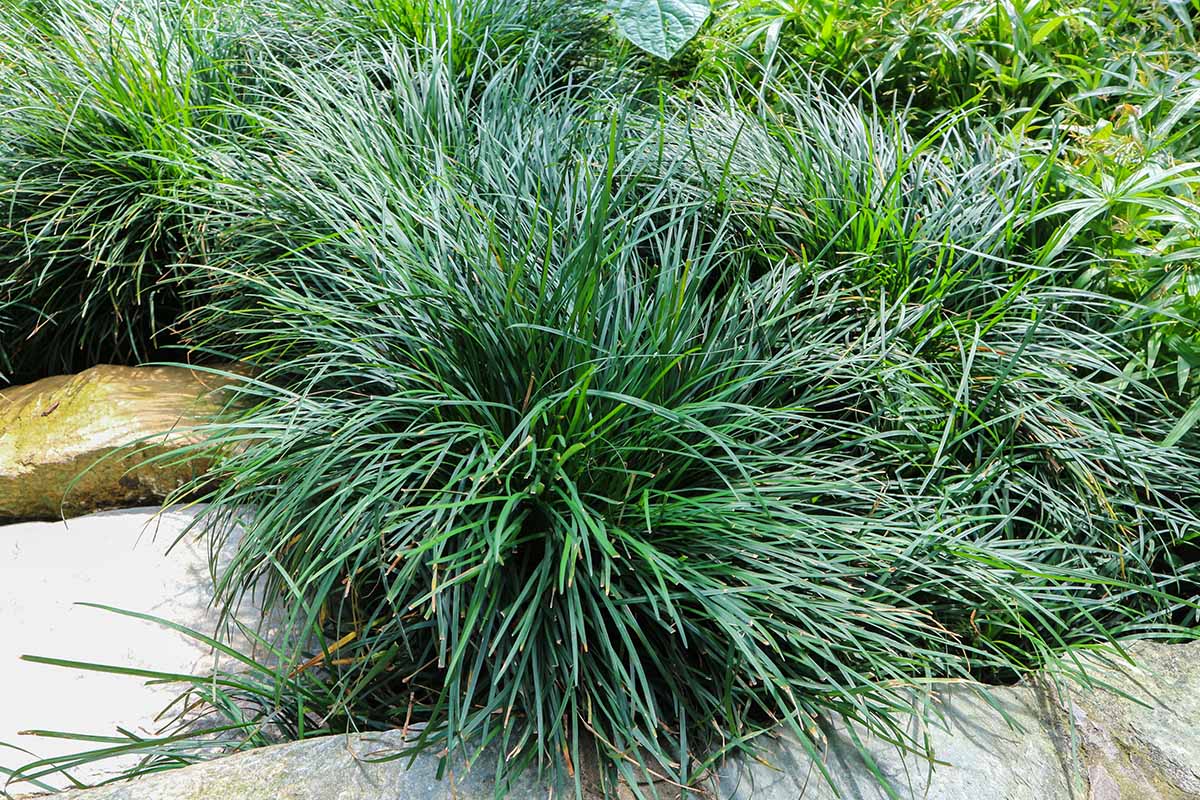
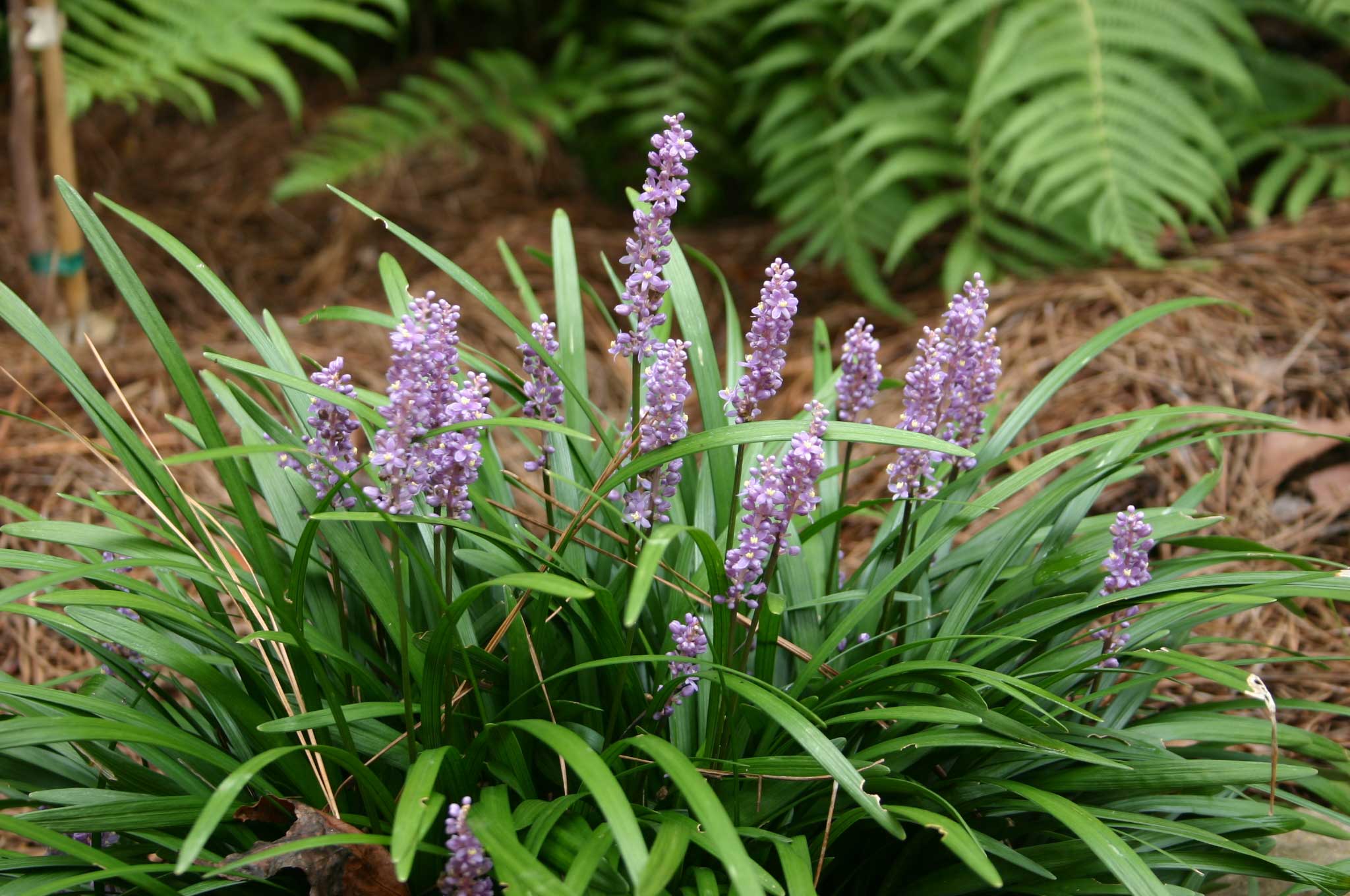
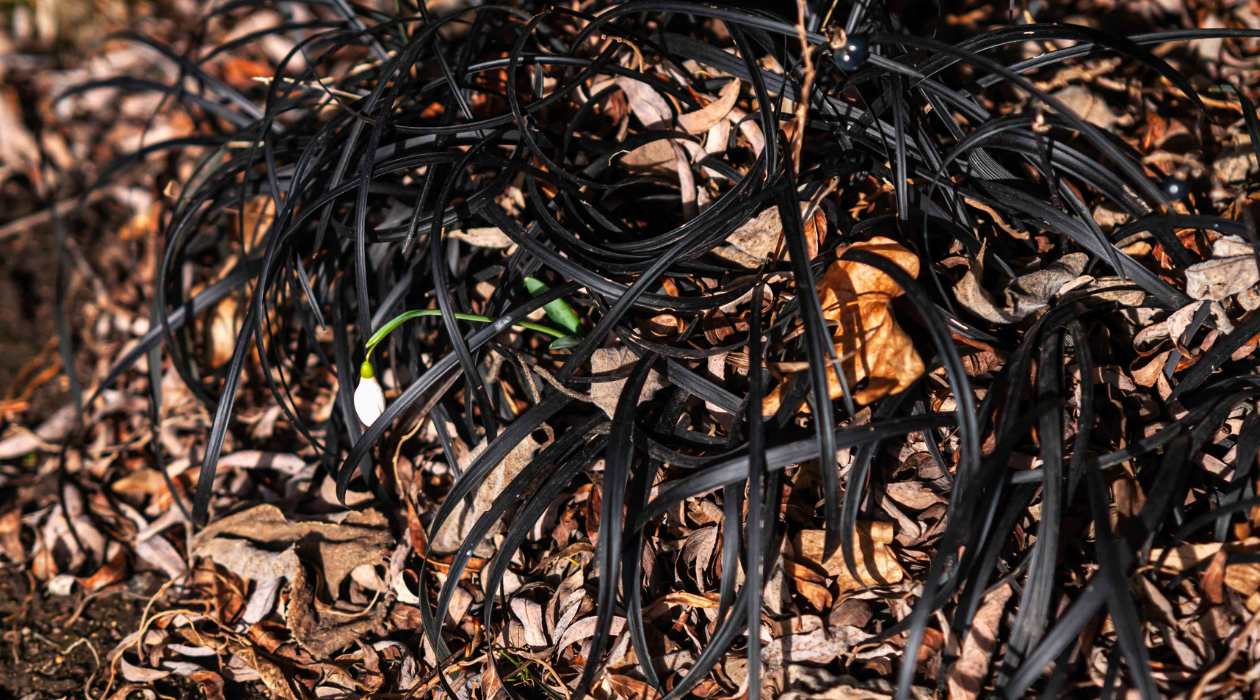
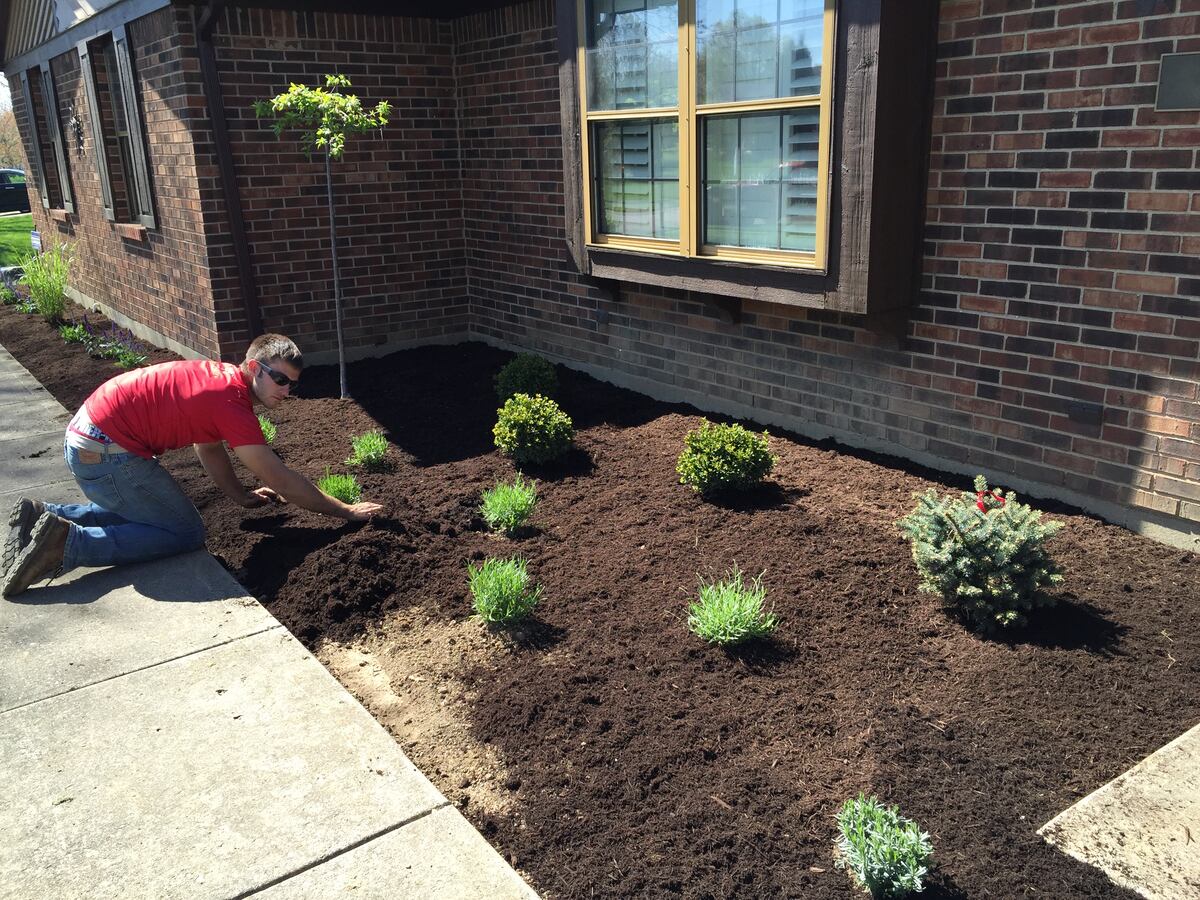
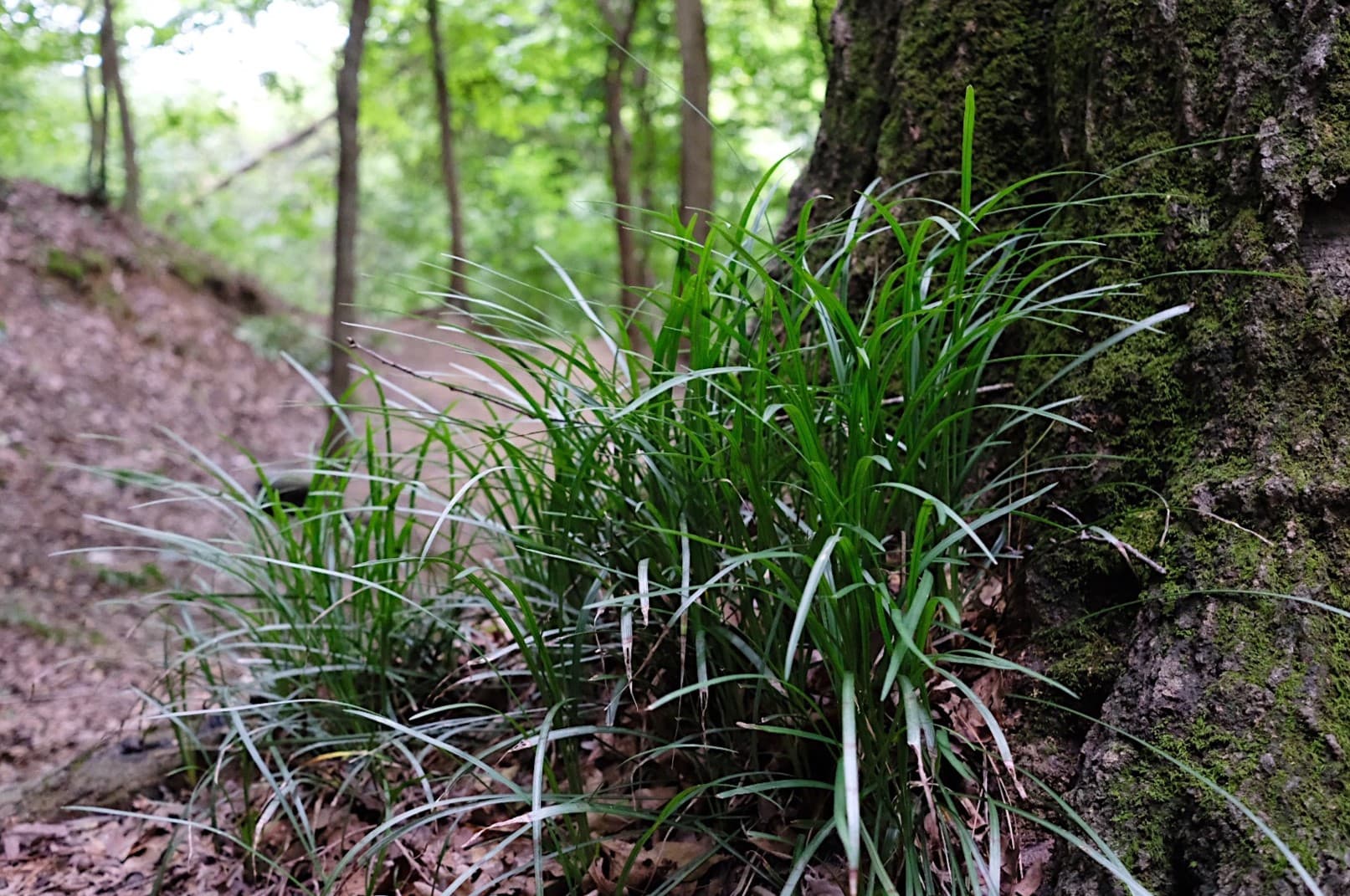
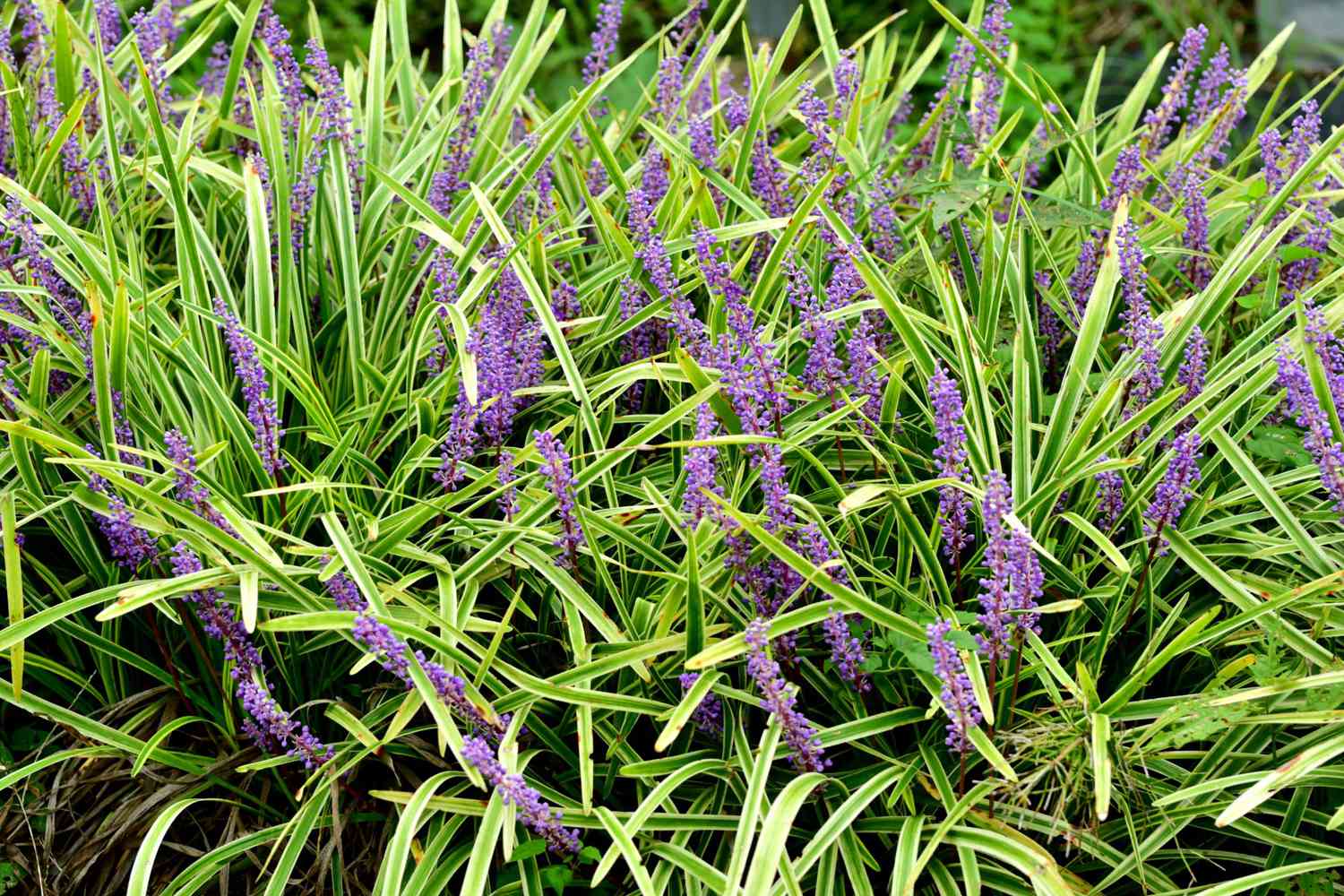

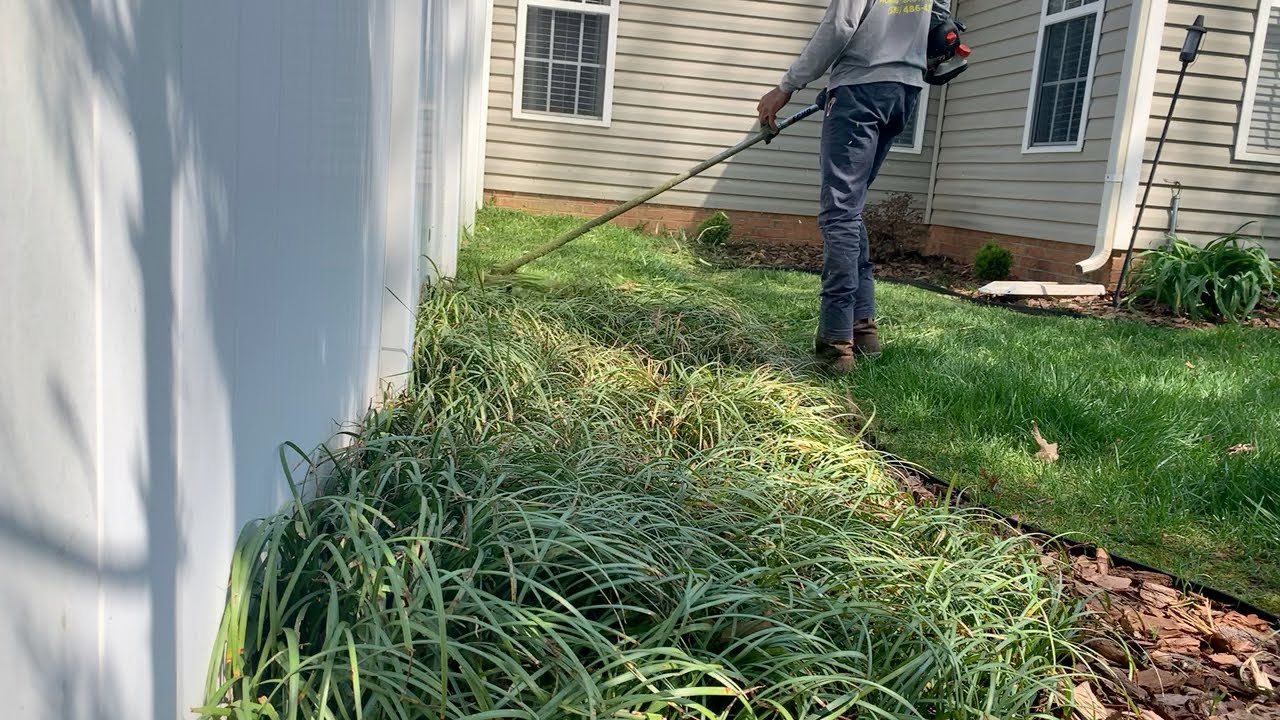
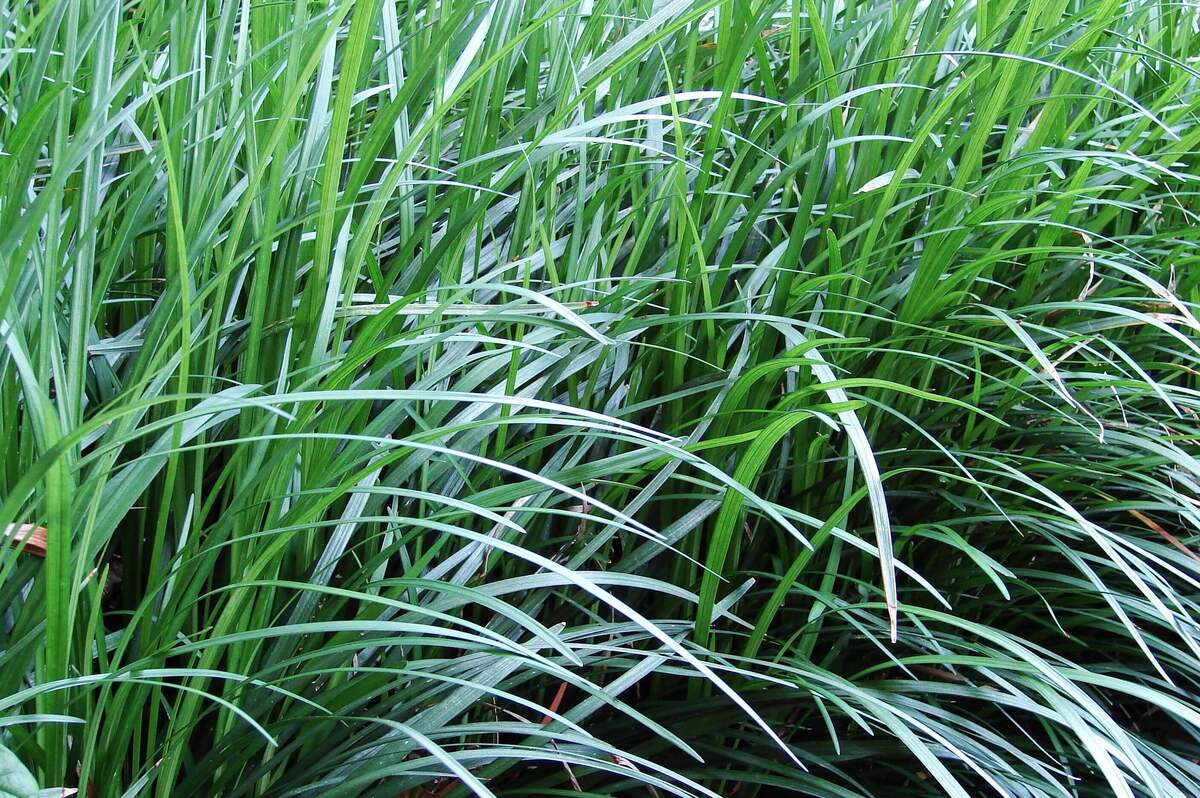
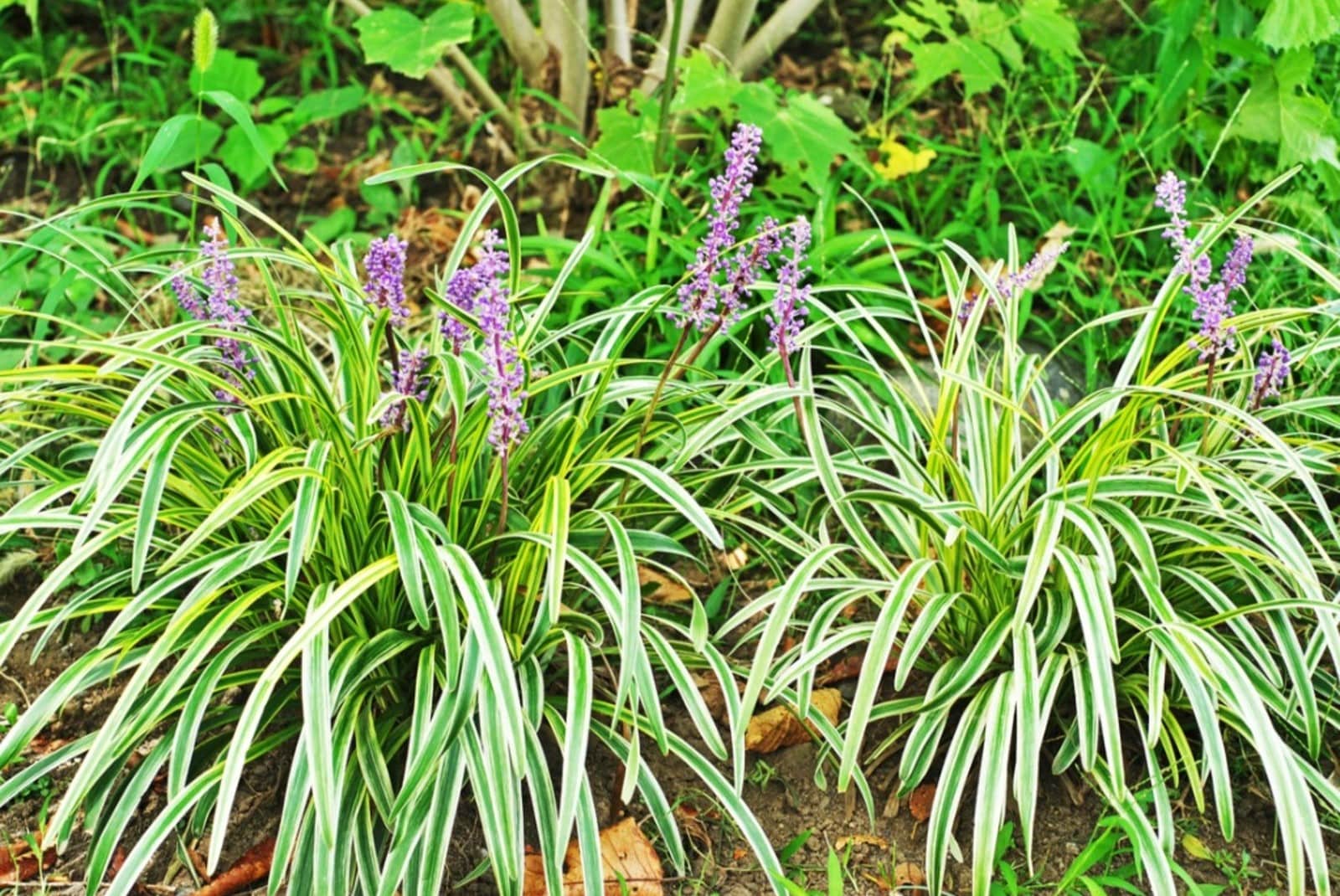
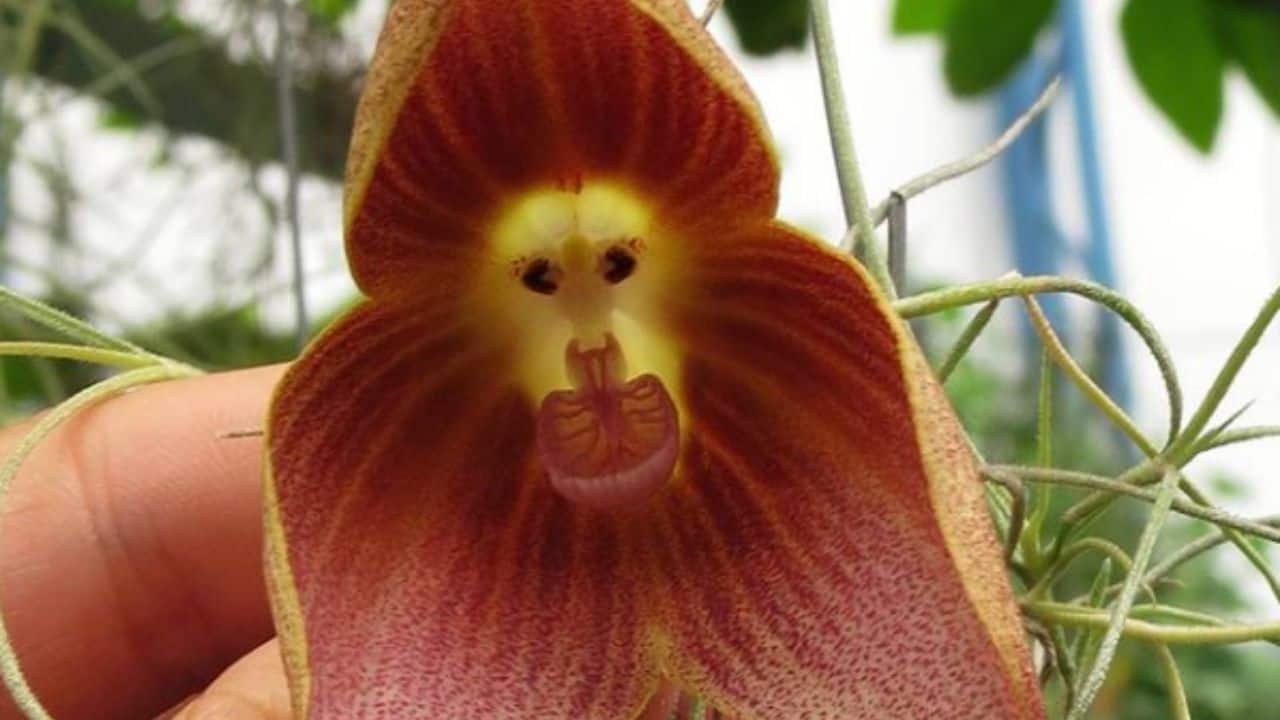
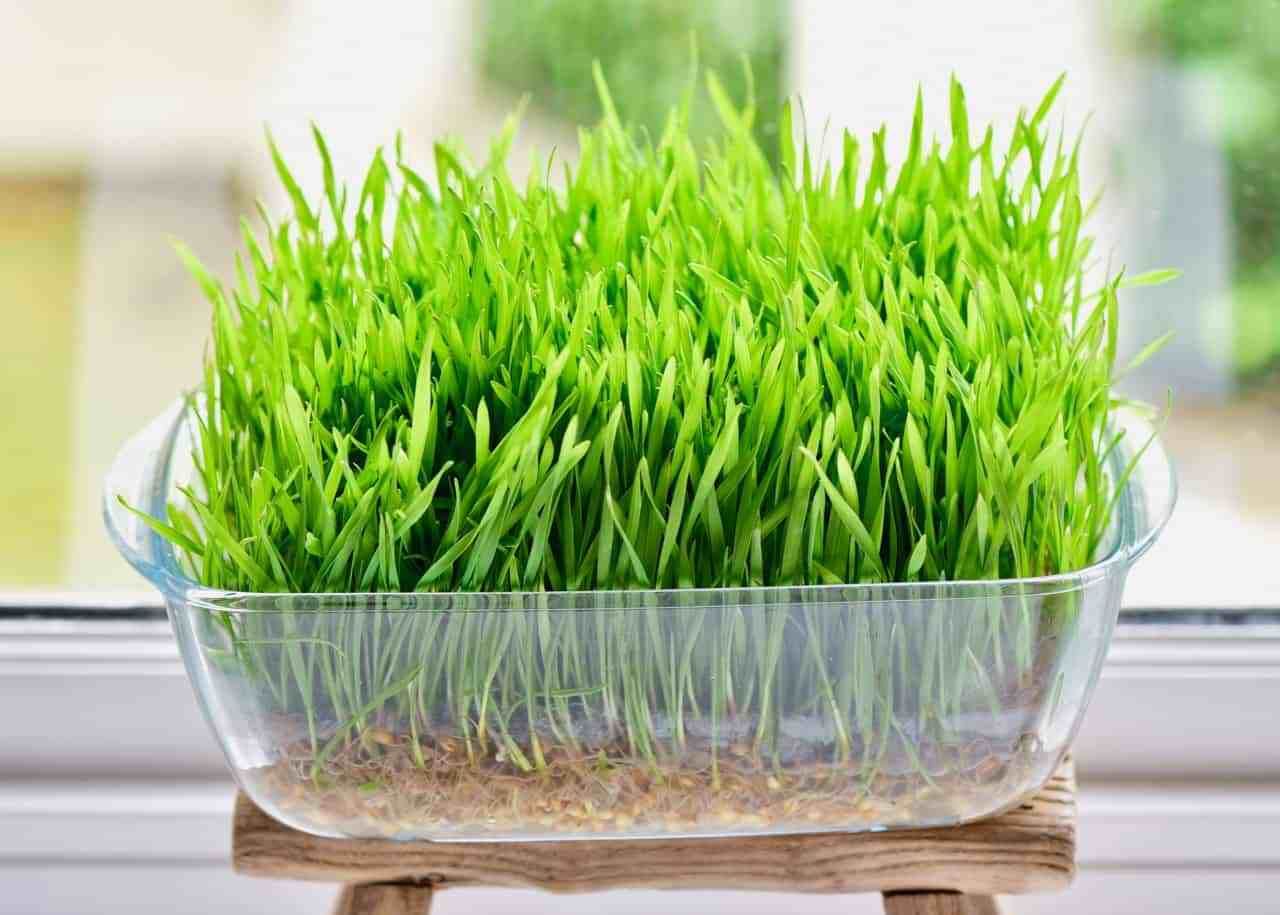
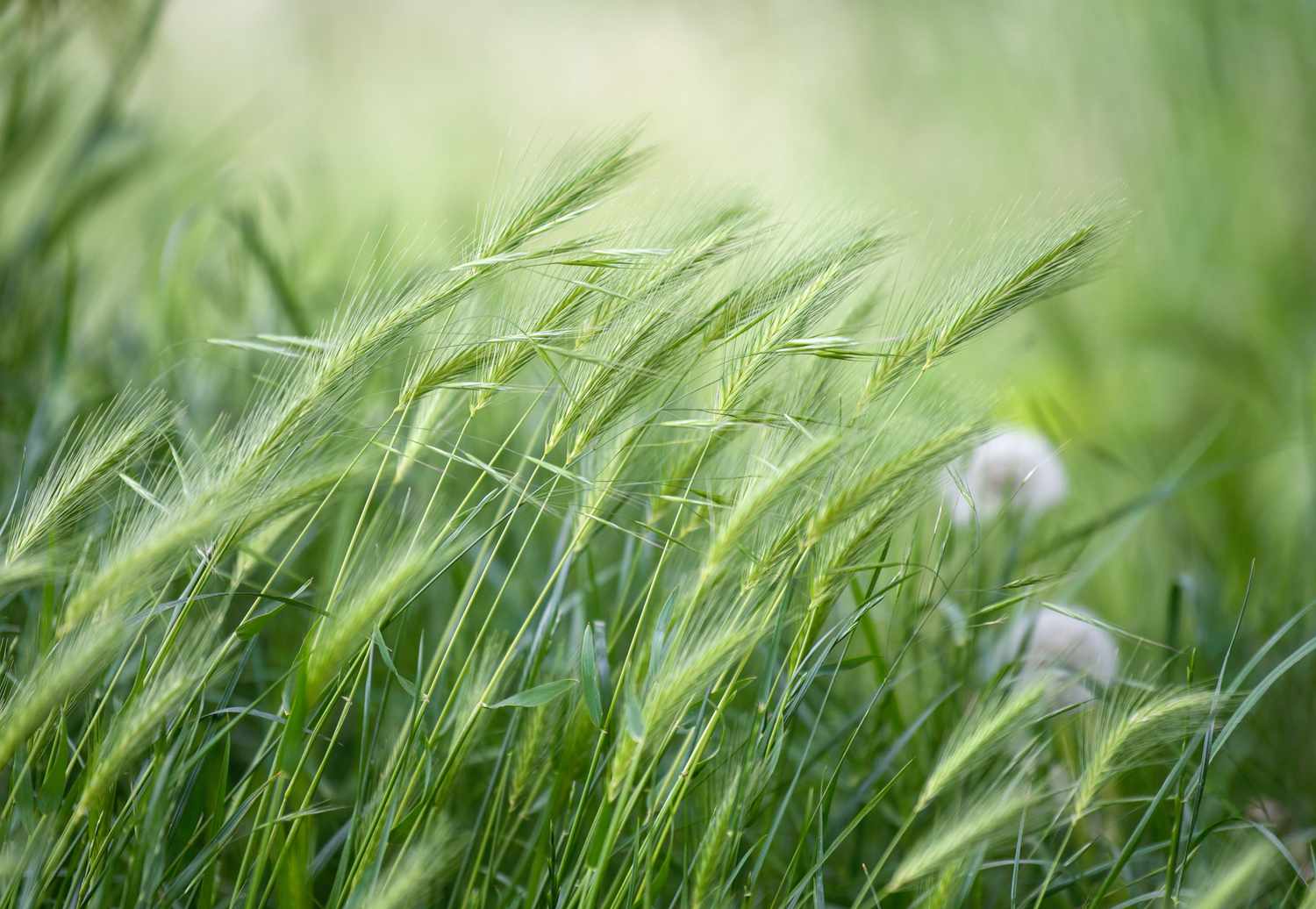
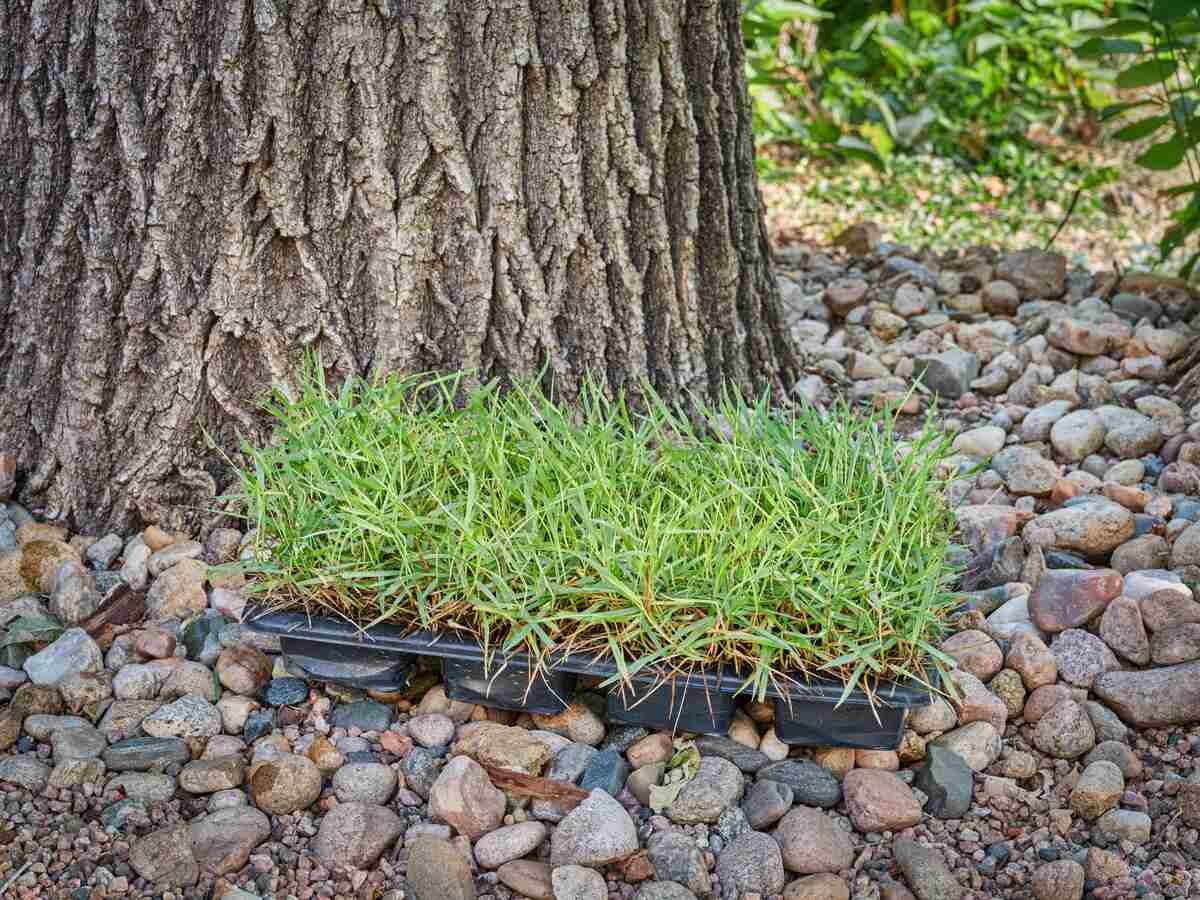

0 thoughts on “How To Grow Monkey Grass”